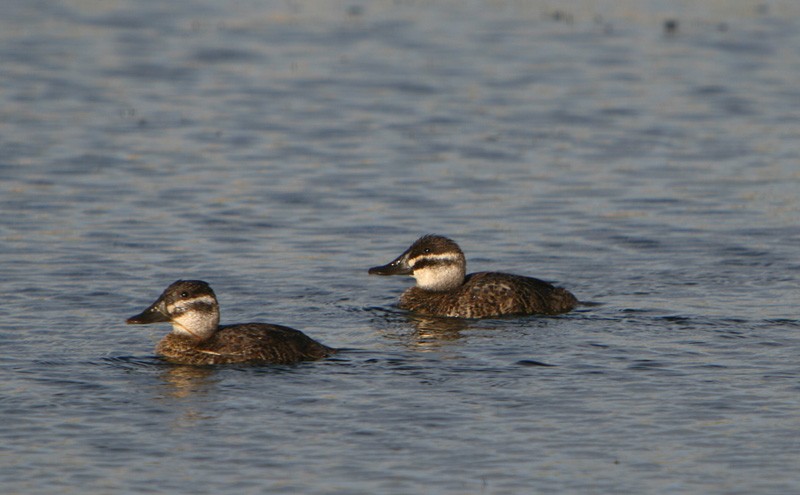Lake Duck
A species of Stiff-tailed ducks Scientific name : Oxyura vittata Genus : Stiff-tailed ducks
Lake Duck, A species of Stiff-tailed ducks
Botanical name: Oxyura vittata
Genus: Stiff-tailed ducks
Content
Description General Info
Description
The lake duck grows to 36–46 centimetres (14–18 in). Females weigh 510–700 grams (18–25 oz) and males 600–850 grams (21–30 oz). Males can be distinguished from Andean duck (Oxyura ferruginea), a similar species, by being smaller and having a flatter head. 
Size
46 cm
Nest Placement
Ground
Feeding Habits
Lake Duck, a diving duck, primarily consumes seeds, plant material, and small aquatic invertebrates, sieving through bottom debris in water bodies.
Habitat
The lake Duck is typically found in shallow freshwater environments, including lakes, pools, and marshes with abundant surrounding vegetation. These habitats are characteristic for the species where it can forage and breed. Beyond the breeding season, the lake Duck also frequents larger lakes and lagoons, indicating a preference for aquatic landscapes.
Dite type
Aquatic invertebrate eater
General Info
Feeding Habits
Bird food type
Behavior
Little is known about the lake duck's diet, but it is believed to consist of small invertebrates, seeds, and plant remains. The breeding season varies between countries, occurring from October to January in Argentina. Males produce popping noises and "mechanical rustling noises" for display. 
Distribution Area
The lake duck is a partially migratory species. It lives in bodies of freshwater with large amounts of vegetation, such as wetlands and lakes. It is very widespread, naturally occurring in Argentina, Brazil, Chile, Paraguay, and Uruguay, and having been introduced to Antarctica and the Falkland Islands. It has a stable population of 6,700–67,000, with no major threats. As of 2016, it is listed as a species of least concern on the IUCN Red List. 
Species Status
Not globally threatened.
